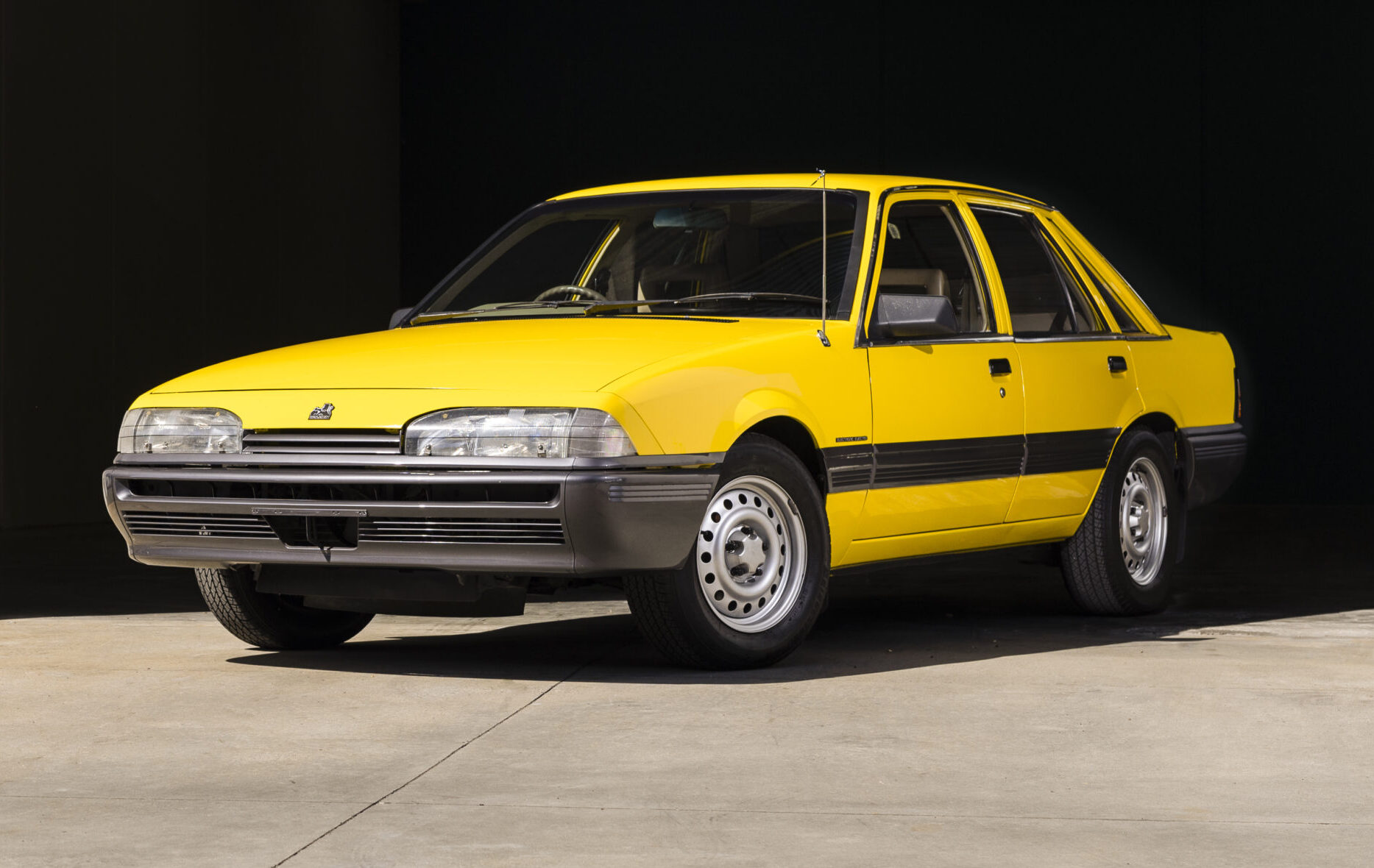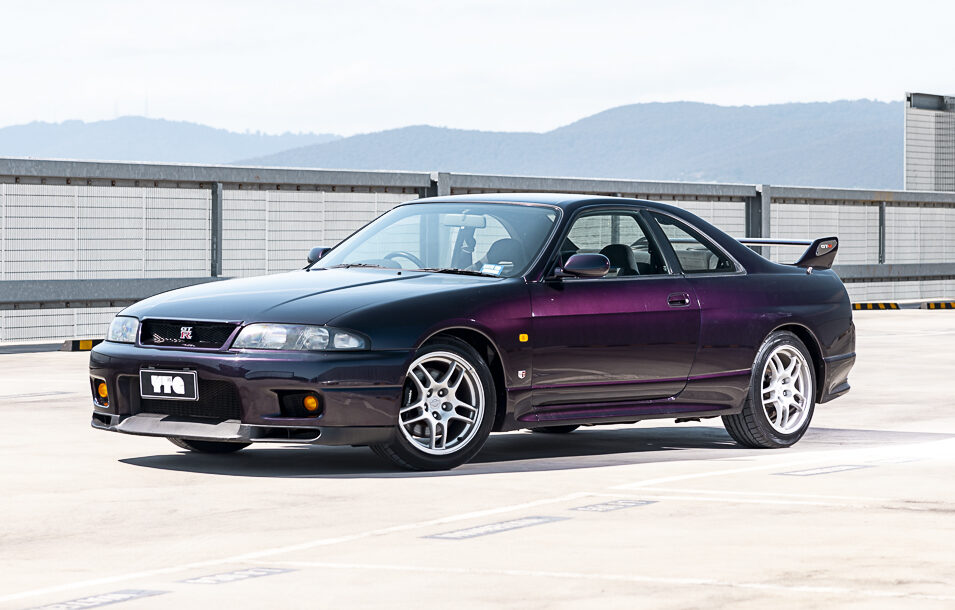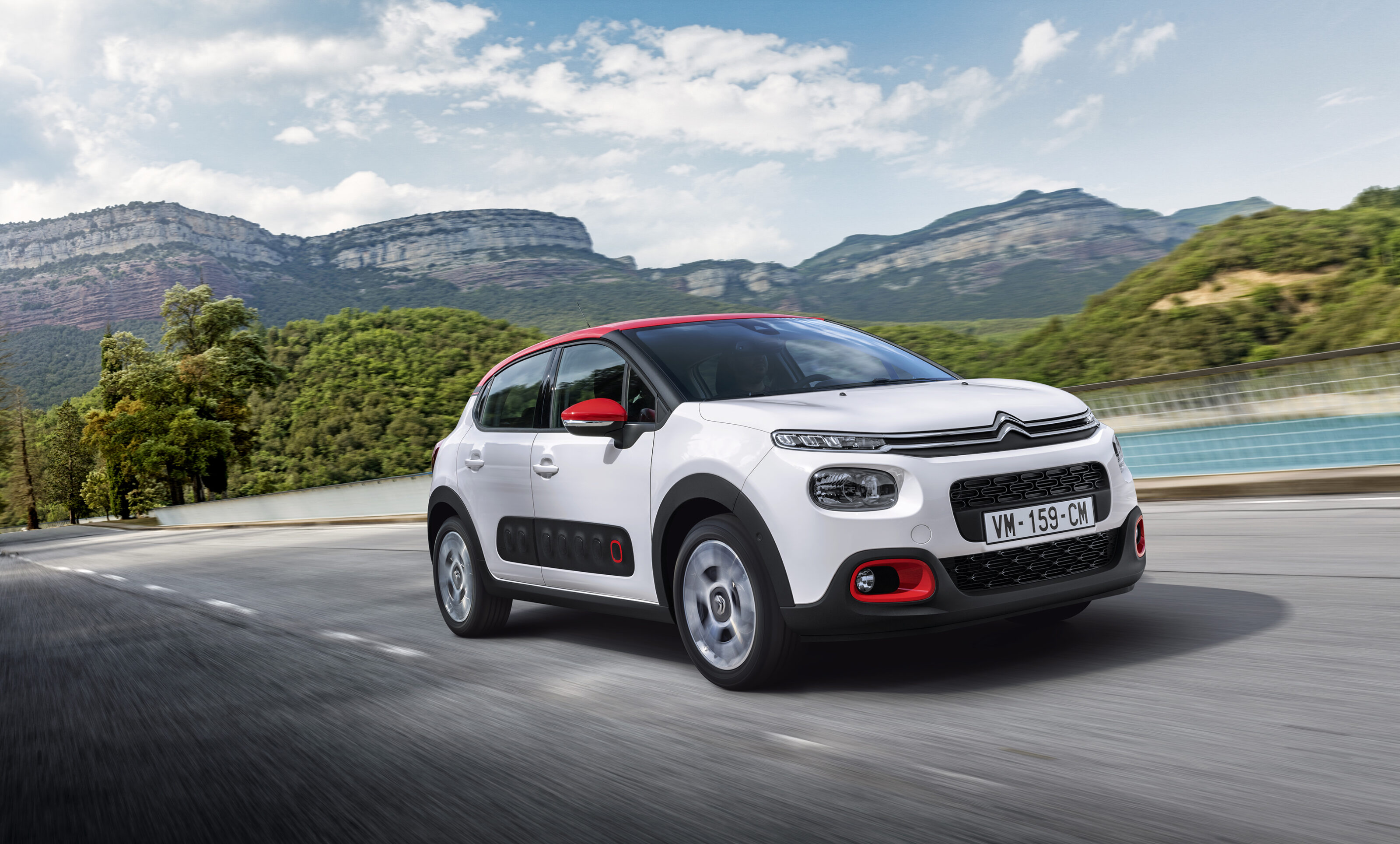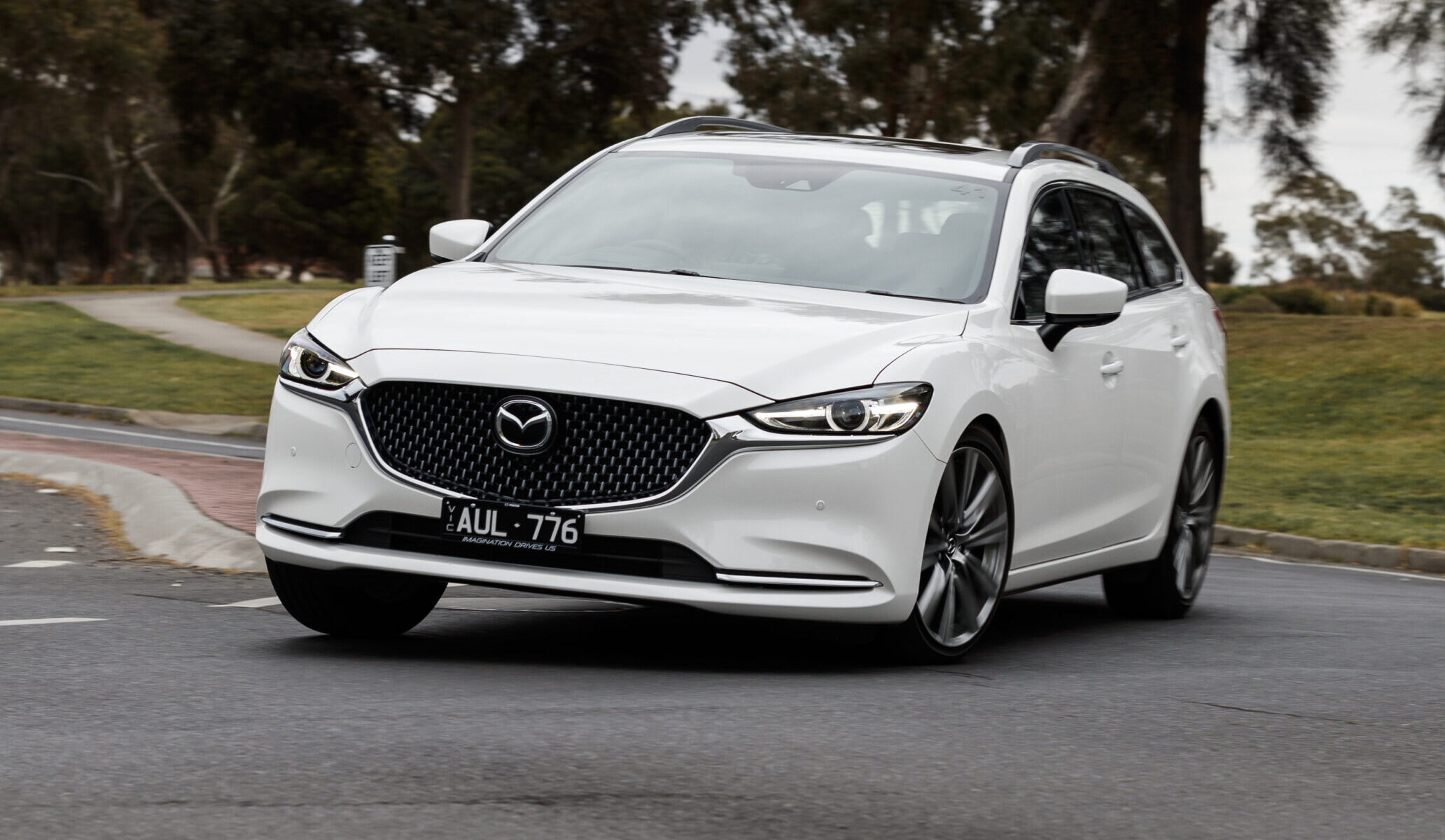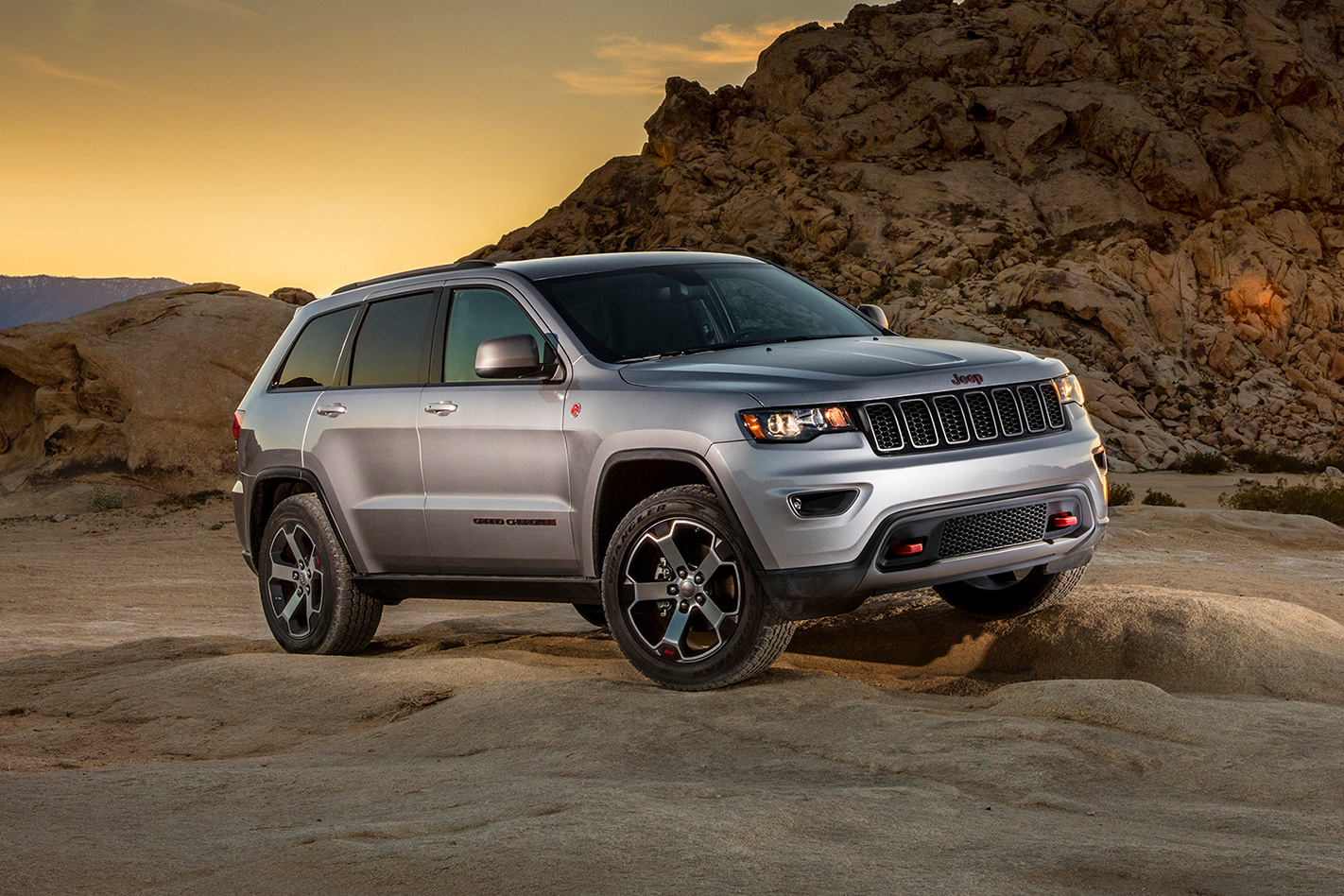“This is the next Commodore, and under that new nose is a Nissan 6 – after 39 years of Aussie-built power.”
Peter Robinson’s hard-earned scoop in the December 1985 issue of Wheels almost cost him his house. Holden took his reveal that the new VL Commodore would feature Nissan’s RB30E engine rather badly, and it was largely due to the wiles of Australian Consolidated Press’ in-house lawyer, one Malcolm Turnbull (yes, him), that Robbo wriggled out of a sticky legal bind. But that’s Peter’s story to tell, not mine.
As the last of a series that had been in production since the 1978 VB, the VL was a car that needed to show customers something new. Holden had learned a painful lesson when the Commodore VC morphed into the VH in 1981 that visual differentiation was key to sales. Although the VL rode on the same 2881mm (105 inches, in old money) wheelbase as that ‘78 VB, there was no doubt that it was a marked diversion in terms of modernity and ambition.
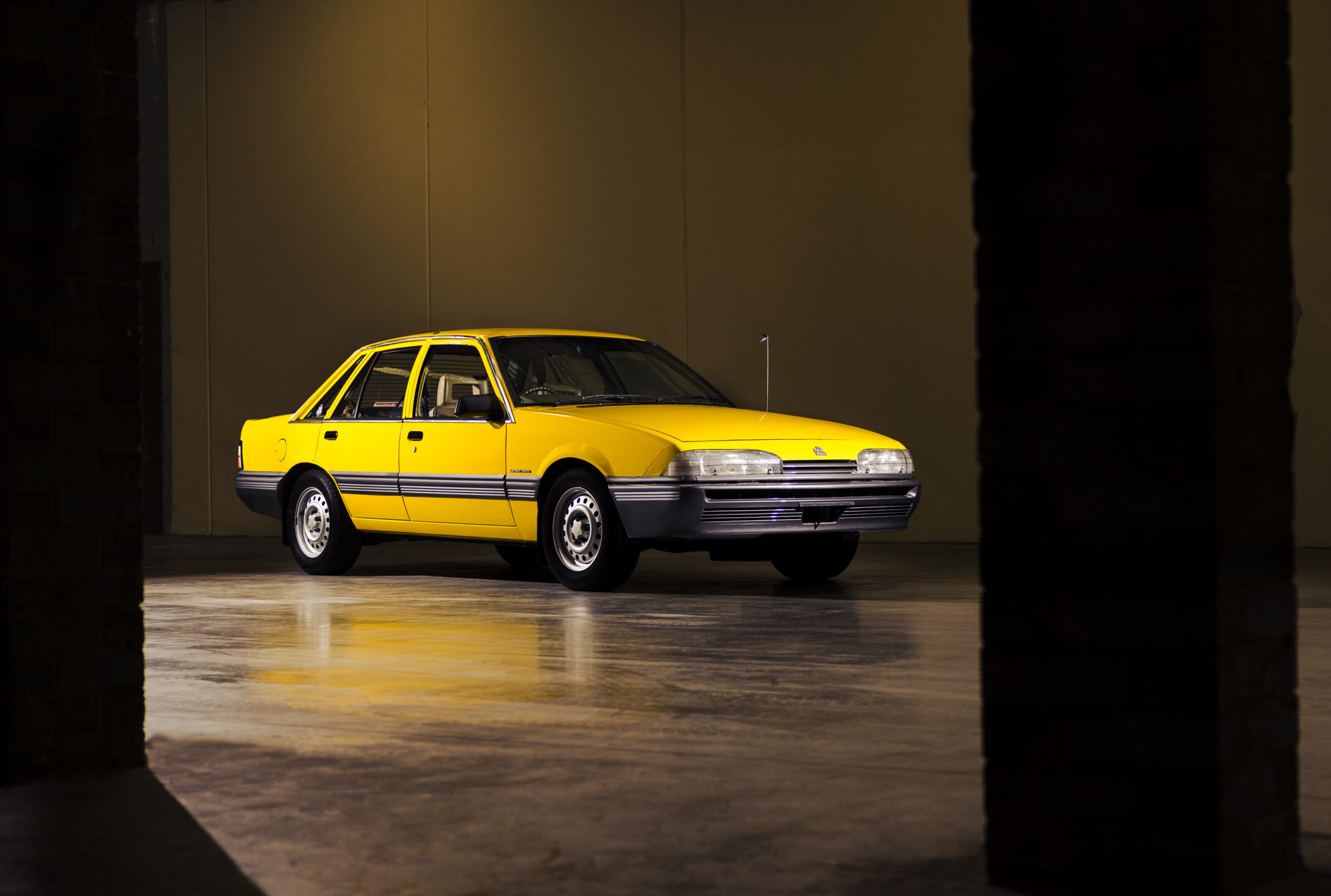
Designer Phil Zmood certainly hadn’t rolled the arm. The bonnet was more aggressively raked, leading to a low-profile nose. The Calais model got a unique nose cone with sleep-eyed semi-retractable covers over the rectangular front lights. Move round to the rear and the flat bootlid kicked up into an inbuilt spoiler and there was a more modern lighting panel. The glasshouse was largely a carry-over from the VK, which introduced the more complex Senator-style side window profile, but every panel ahead of the A-pillars was new.
Inside, the driver was greeted by a new dash with round clocks replacing square ones, a repositioning of much of the ancillary switchgear, and the fitment of a two-spoke steering wheel on the SL and Berlina models, with the Calais getting a single-spoke item.
Most importantly, the VL bought Holden time. Despite being a millimetre longer than its erstwhile rival, the Ford Falcon XF, the VL Commodore was some 138mm narrower, which meant that in terms of categorisation, Holden was putting a midsize sedan up against a full-sized item. Holden knew that this would be remedied when its successor, the far heftier VN, would arrive in 1988, so it needed something fresh-looking to tide it over for the two years from 1986 to 1988.
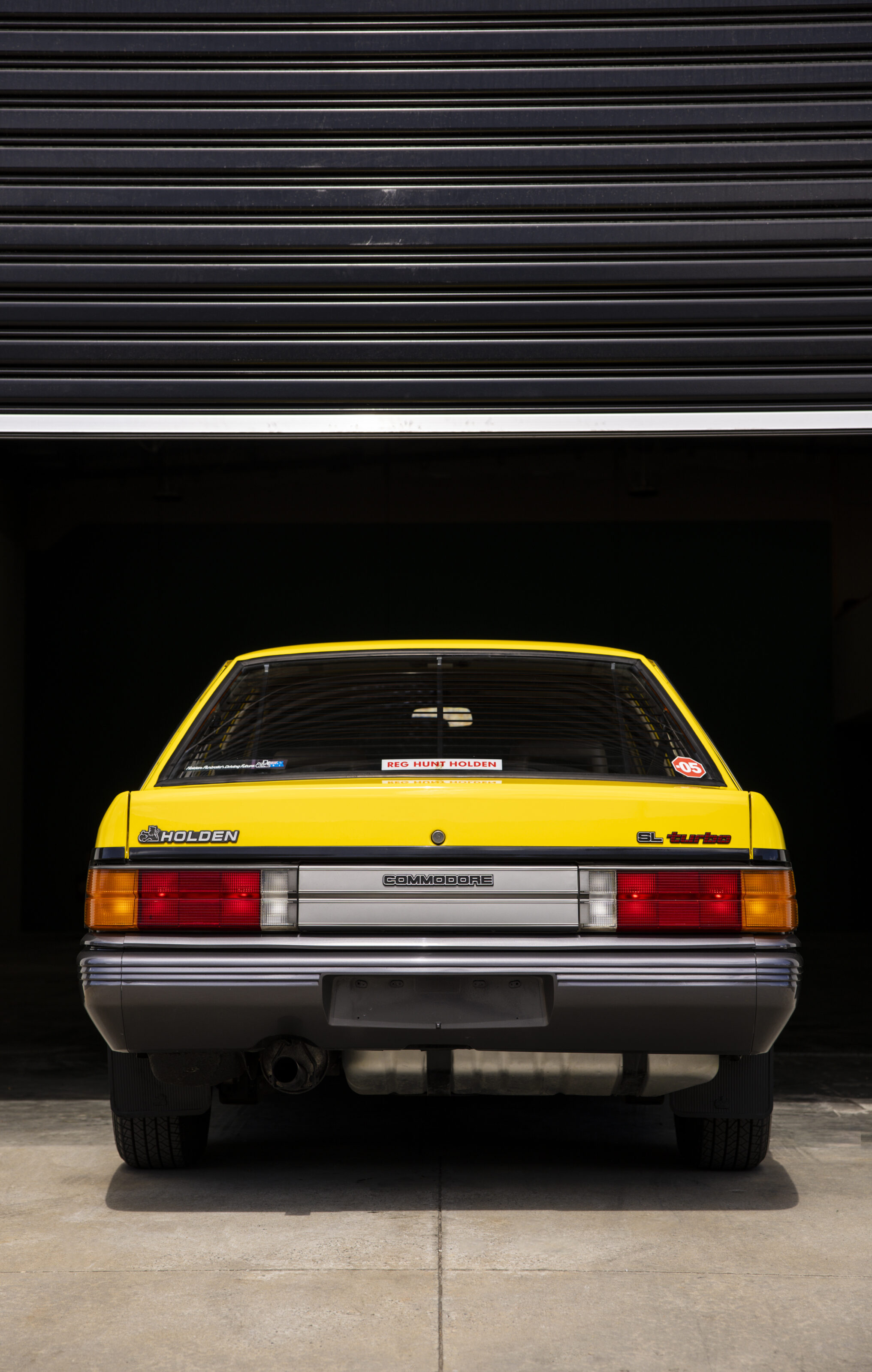
It’s usually the case that these ‘last of the line’ cars are well engineered but conservative. The VL was an odd mix, but it worked. The basic formula prevailed: relatively short wheelbase, a long bonnet capable of housing a straight-six engine and the now familiar struts up front and live axle with Panhard rod rear suspension design, but the key ingredient thrown into the mix for this generation was Australian Design Rule 37, the Federal Government’s decision to ditch leaded fuels and the introduction of 91-octane unleaded fuel on January 1, 1986.
Holden had seen this coming for some time and realised that the old 202ci/3298cc ‘Black’ six – available in the VK Commodore in both carburettored and Bosch LE2 Jetronic fuel injection guises – wasn’t going to cut it without soaking up a stack of engineering budget. The old Iron Lion V8 was similarly hobbled. It cast around for a technical partner and came to an agreement with Nissan for supply of the RB30E, an engine which was smaller, lighter, more powerful and more fuel efficient than Holden’s prior entry-level V8.
The VL had a considerable task on its hands. The ageing platform was up against not only the Falcon, but the reigning Wheels Car of the Year, the wide bodied Mitsubishi Magna. While Ford and Holden locked horns, the Mitsubishi slid in almost unnoticed and aced both of the Aussies in terms of mechanical reliability, refinement and equipment provision.
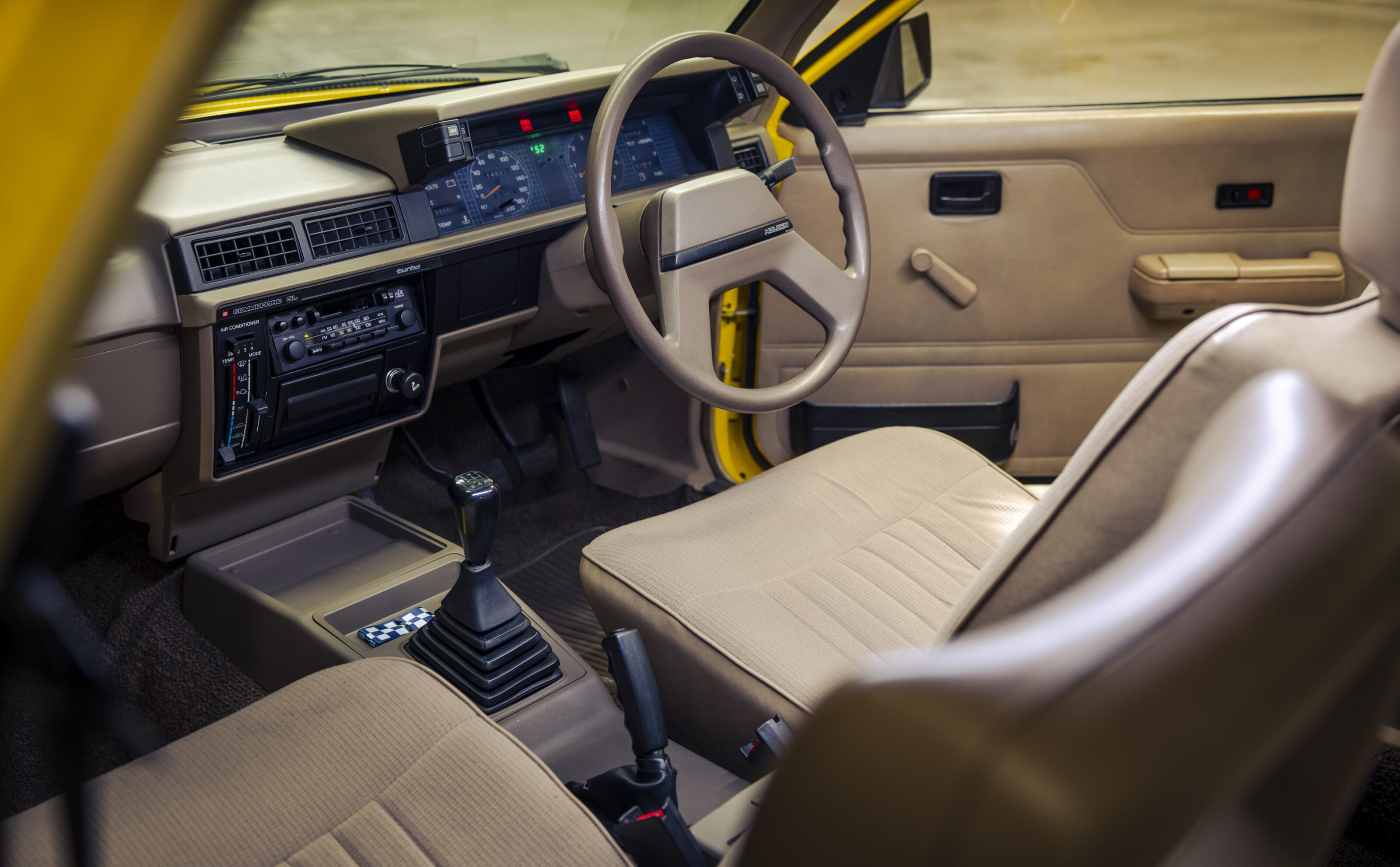
Put to the test
Wheels ran its first VL comparison in June 1986, pitting a six-pot VL Commodore Executive ($15,160 – and effectively a special edition version of the SL trim) up against a $15,513 Falcon GL and a $16,270 Magna SE, all three fitted with automatic gearboxes. Road tester Mike McCarthy was impressed by the sheer verve of the Holden’s engine. With 300kg less to lug about than the doughty 4.1-litre nat-asp Ford, and a 17kW power advantage to boot, it was always going to feel lively.
“The Commodore’s engine and performance are in utter contrast to the Ford’s,” he wrote. “A real rev-head, the injected three-litre is tractable but gives its best when working in the middle to high end of the rev scale. Its revs and performance prove that this is a sports engine par excellence.”
McCarthy was less impressed by the VL’s ride and handling. “The Commodore’s ride and handling leave something to be desired,” he noted. “Changes to the new model’s suspension succeed in eliminating the former roll-oversteer bogey, but at the cost of increased understeer, reduced responsiveness, more body roll and obvious front tyre scrub. Hard cornering soon reveals that despite its impressive extra speed and acceleration, the new model has lost a bit more of that spirit and balance that once made it the driver’s favourite. Now even the ride is wrong: compliantly comfortable in easy conditions, it is bouncily adrift when rough roads make demands on the damping and axle location. RTS (Radial Tuned Suspension) ain’t what it used to be.”
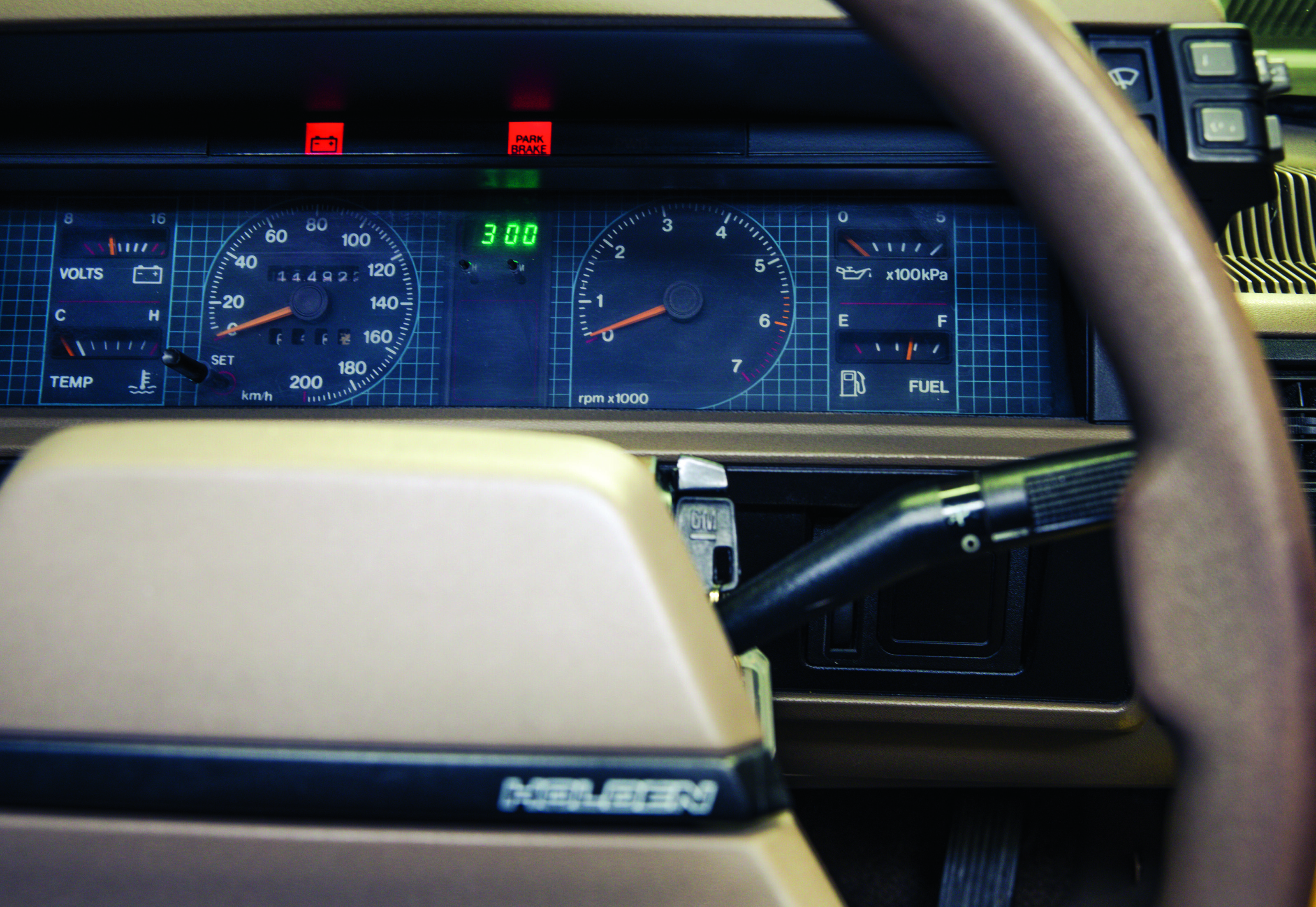
When summing up, the verdict went to the Magna, with the Commodore in second and the Falcon bringing up the rear. The VL even had the word ‘improved’ couched in quotes. What was clear was that there were the bones of a good car in here, but it was hamstrung by a few issues. Materials quality wasn’t what it should have been. Some of the interior plastics were shockingly cheap, panel fit was often irregular and paint finishes were poor. Then there was the ride and handling.
Holden even managed to offend Nissan Australia with its advertising, dubbing the motor ‘Commodore’s all-new 6-cylinder Powertech 6Ei engine’, which Nissan took as Holden claiming credit for their work. In rebuttal, Nissan Australia ran some snarky advertisements which said, in not so many words, that if you thought the engine was good in a Commodore, why not try it in the car for which it was designed.
Timely turbo
When negotiating with Nissan for the rights to use the RB30E, Holden also secured exclusive rights to a turbocharged version of that engine, which would be dubbed the RB30ET. It was this engine, more than any other, that built the VL’s contemporary reputation, and Holden knew that for keen drivers it would easily eclipse the revised V8 it was working on.
The cover for the August 1986 issue of Wheels ran an “Off the clock” headline, showing the speedometer needle of a VL Turbo pegged way past 200km/h on Lang Lang’s high-speed bowl. Holden claimed to have routinely hit 217km/h on the banked circle and the numbers seemed conservative.
Both Nissan and Holden had worked on the engine. The Japanese had done the lion’s share of the engineering work, with Holden responsible for the in-car calibration. The turbo installation was deeply impressive, the Garrett blower installed inside a water-cooled housing. Refinement was excellent and response was silky-smooth and flexible. Maximum boost was achieved at just 2400rpm, with meaningful pressure building from just 1500rpm. With 150kW at 5600rpm and 296Nm from 3200rpm, it boasted almost 32 per cent more power and nearly 20 per cent more torque than its normally aspirated sibling.
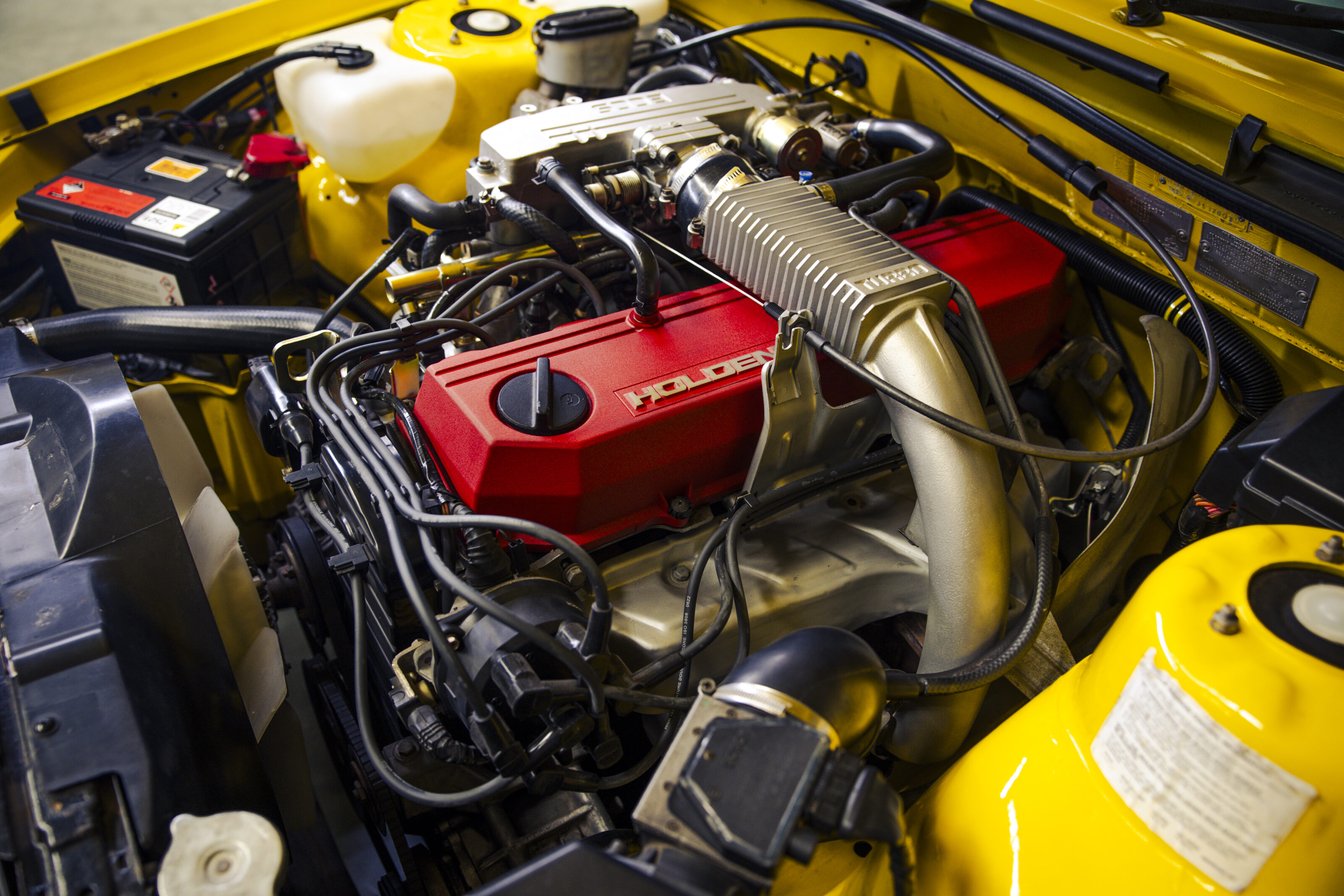
Other changes included new pistons, which lowered the compression ratio from 9:1 to 7.8:1, and a higher lift camshaft with optimised timing for less overlap. It achieved this while adhering to GM’s edict that the engine be ‘non-interference’, in effect meaning that the valves and pistons could not contact each other in the event of a drive belt breaking. The intake, the exhaust, the engine management and the gearbox were also changed for the turbo car. The latter involved a lower ratio for the first three gears, a tougher four-pinion differential.
Holden also made an attempt to rectify the handling issues that had marred the launch of the atmo VL. The FE2 suspension setup included new springs, revised dampers and smaller anti-roll bars (234mm front and 16mm rear, both 2mm less than standard) served to beef up the ride and body control. The brakes were also worthy of mention, with 298mm front discs with local company Girlock supplying the finned alloy calipers, also seen at the time on the C4 Corvette. These necessitated the fitment of 15-inch wheels.
The VL Turbo’s impact is hard to underestimate. Here was a car with a power-to-weight ratio of 120kW/tonne where its Ford Falcon counterpart developed a mere 66. Its acceleration was in an entirely different bracket. Holden claimed an eight-second 0-100km/h time, but that was conservative. Many outlets saw figures more like 7.6 seconds from their independent performance testing.
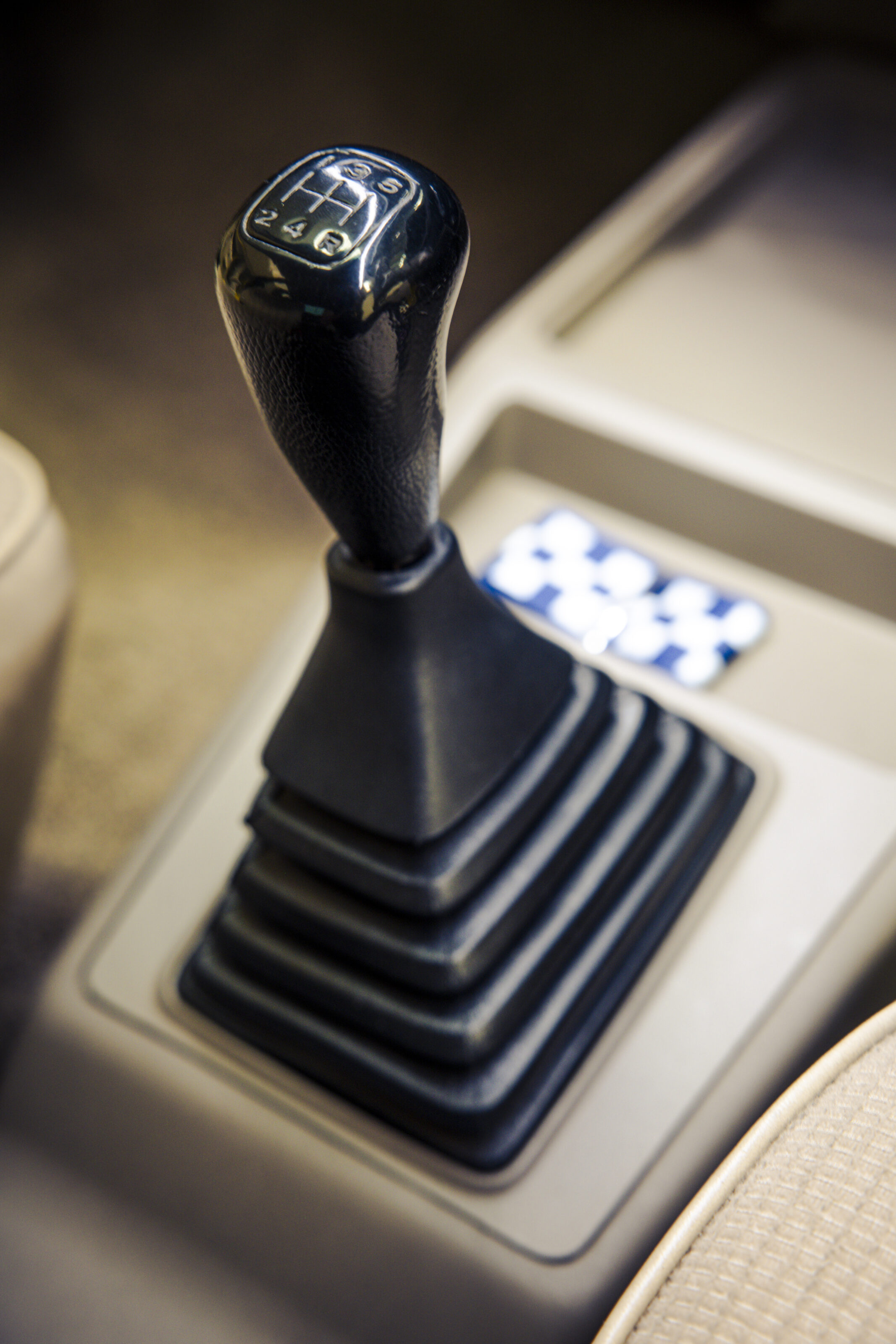
With power like that, it was perhaps unsurprising that police forces the length and breadth of the country pricked up their ears. The police-spec highway pursuit cars, coded BT-1, were based on the entry-level SL trim (the turbocharged engine was offered as an option on all VL trims), but they got the FE2 suspension, multi-slot steel wheels and some were fitted with long-range fuel tanks. White and pale blue were taken up by some forces, but Absinthe Yellow was by far the most popular choice.
Or, if you didn’t want a six, how about that V8? In September of 1986, Holden reintroduced the ‘great Aussie V8’ re-engineering it to develop 122kW at 4400rpm and 323Nm at 3200. The ads spruiked that ‘Only Holden V8 torques your language’ and rather than positioning the vehicle as the sporting flagship, instead claiming that it was “the best engine for towing trailers, boats, horse floats and caravans”.
Even Holden themselves admitted that such was the superiority of the blown six, positioning the V8 as any sort of driver’s choice “would have been marketing suicide”. That was understandable given that it persevered with the ancient Tri-Matic three-speed auto rather than the VL’s much more advanced Nissan four-speed auto. You could even specify it with an optional V5W ‘Country Pack’ suspension option,
which lifted ride height by 25mm, a Dakar-spec before it’s time, if you like.
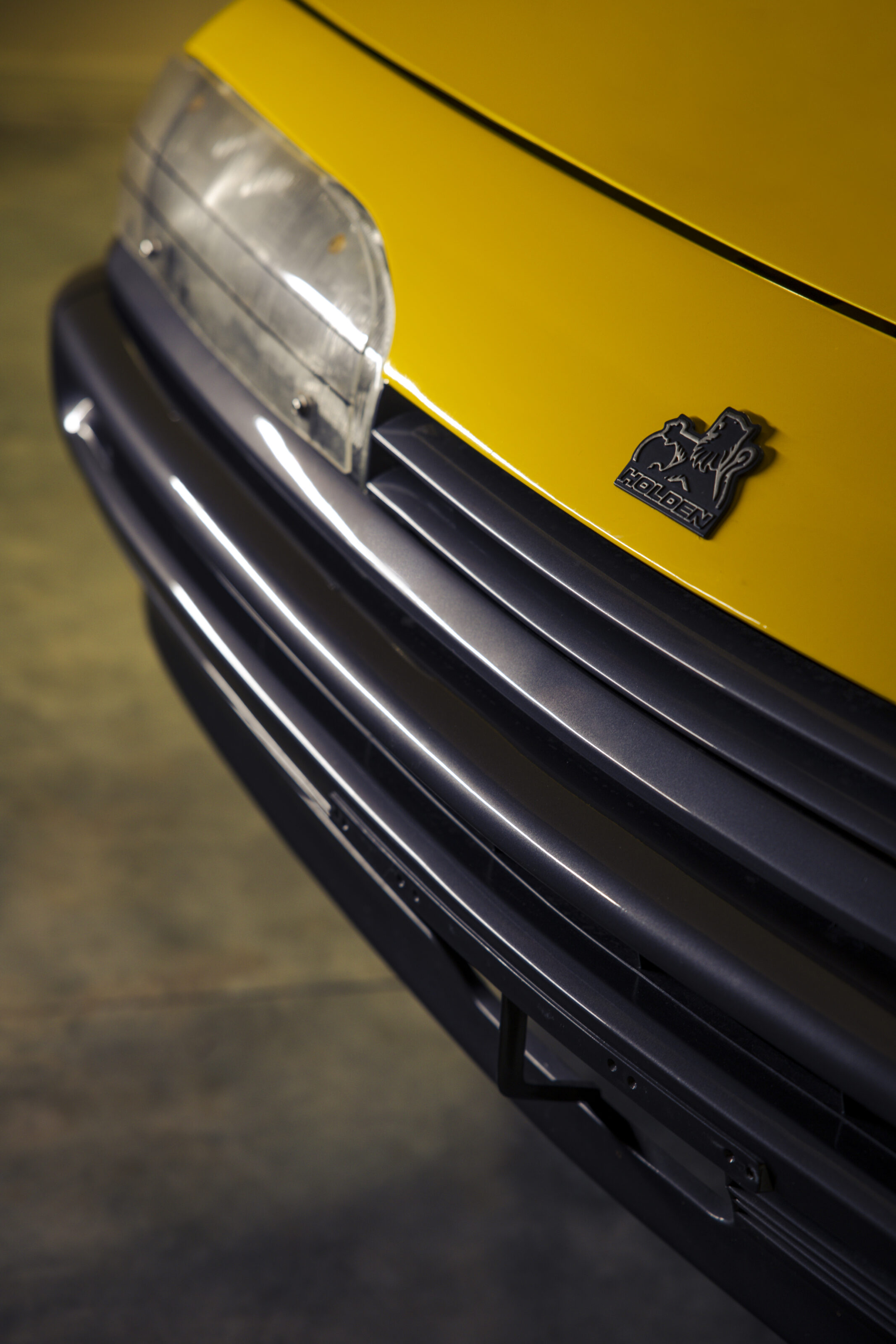
The Brock effect
That was far from it for the V8. Those who had clamoured for its return in the VL were utterly unsatisfied that it had morphed from angry bastard in VK Group A spec to geriatric spec in the VL. Peter Brock was rumoured to be working on a deal to fit the cracking Borg-Warner T5 manual ‘box to his HDT-improved cars.
At that time Brocky and GM-H were in the thick of a back-and-forth over the controversial (read useless) Energy Polarizer, Australia’s favourite piece of automotive pseudoscience. That’s why you won’t find the racer’s name on many of the original HDT VL SS Group A cars. Holden’s take? “We see no technical merit in the polariser and therefore can’t endorse its use.”
The first 500 homologation cars were all finished in Permanent Red paintwork and assembled at Holden’s Dandenong plant before being fettled at HDT’s Port Melbourne location, the official launch coming in November 1986.
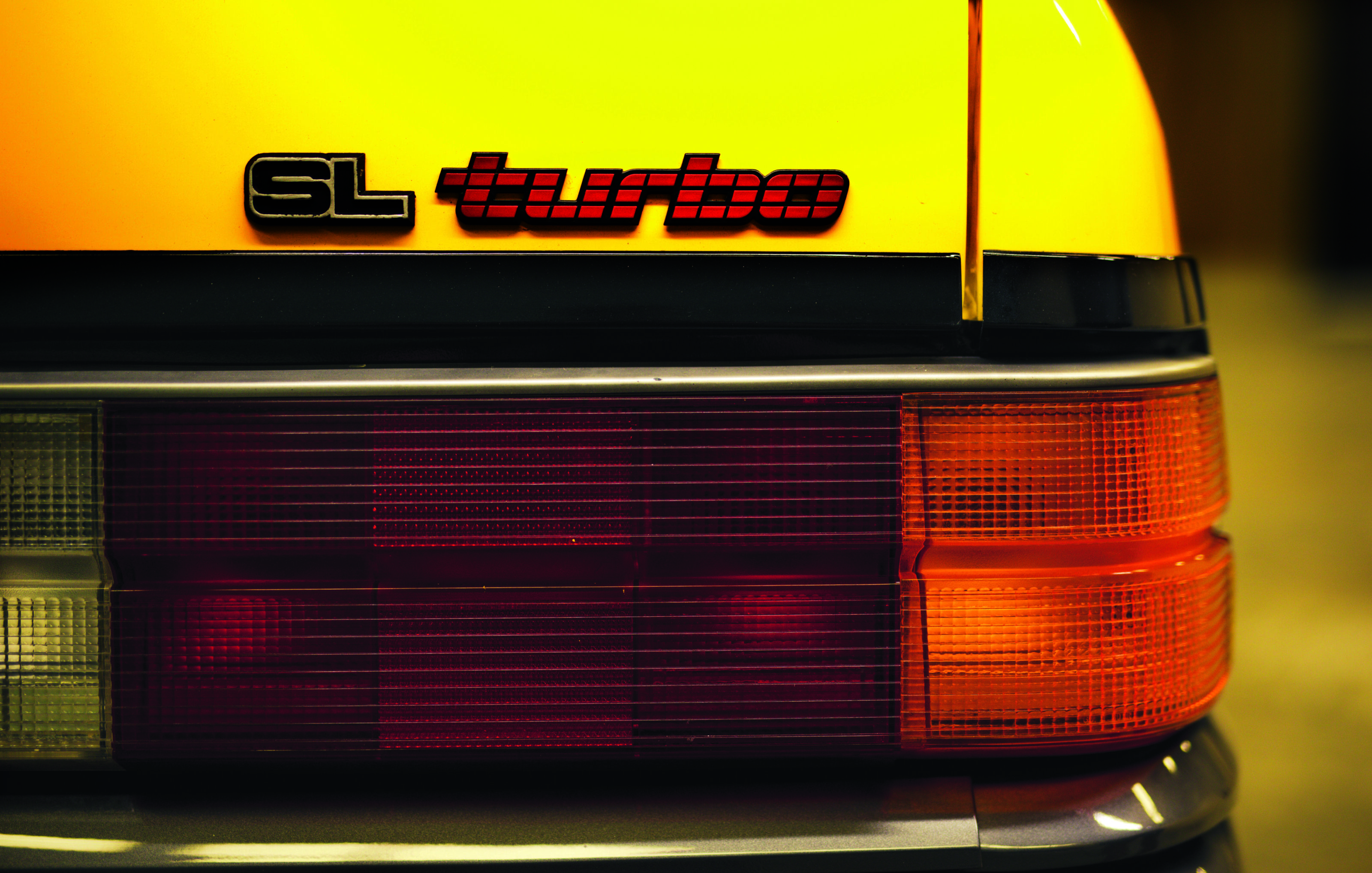
When Wheels put the $29,600 SS Group A up against the $28,366 Calais Turbo back in February 1987, not only were they both fairly evenly matched on price, but they were virtually impossible to separate with a stopwatch. Over 400m, the V8 stopped the timer at 15.41 seconds and the six a mere hundredth later at 15.42 seconds. The massive gulf between the two cars was evident when it came to ride and handling, the V8 better able to deploy its 137kW/245Nm, with more progressive on-limit behaviour, superior body control and more communicative steering.
Most will know the history behind this car and how Brock was subsequently disassociated from Holden, the company rightly feeling that his unscientific beliefs were a threat to their credibility. In the end it proved a useful device, for Holden at least, who were able to cut loose the increasingly maverick HDT business and exercise greater corporate control via its own Holden Special Vehicles outfit.
This bore fruits with the VL SS group A SV – the famous Walky/Plastic Pig/Batmobile. Built in 1988 and available solely in Panorama Silver, this 180kW special was badged as a Holden to satisfy Group A requirements. A run of 500 were built, with another 250 subsequently offered to a public who were a bit slow on the uptake. The controversial styling kit, said to reduce drag by 25 per cent compared with its predecessor, was part of the reason, as was buyer realisation that a brand-new VN-generation Commodore was also arriving in 1988, despite the fact that the SS Group A version wouldn’t appear until 1990.
In most regards, the VL Commodore was a notable success. It sold well, comfortably better than any of the prior ‘compact’ Commodores, scoring 151,801 sales in the 30 months that it was on dealer floors. One thing it could never quite manage was to outsell the overweight and ageing XF Ford Falcon. It seems the Aussie public loved leaf springs, recirculating ball steering and three-speed autos. But Ford’s marketing for this car was clever, with around 70 per cent going to fleet buyers, whereas the VL was more geared towards private customers.
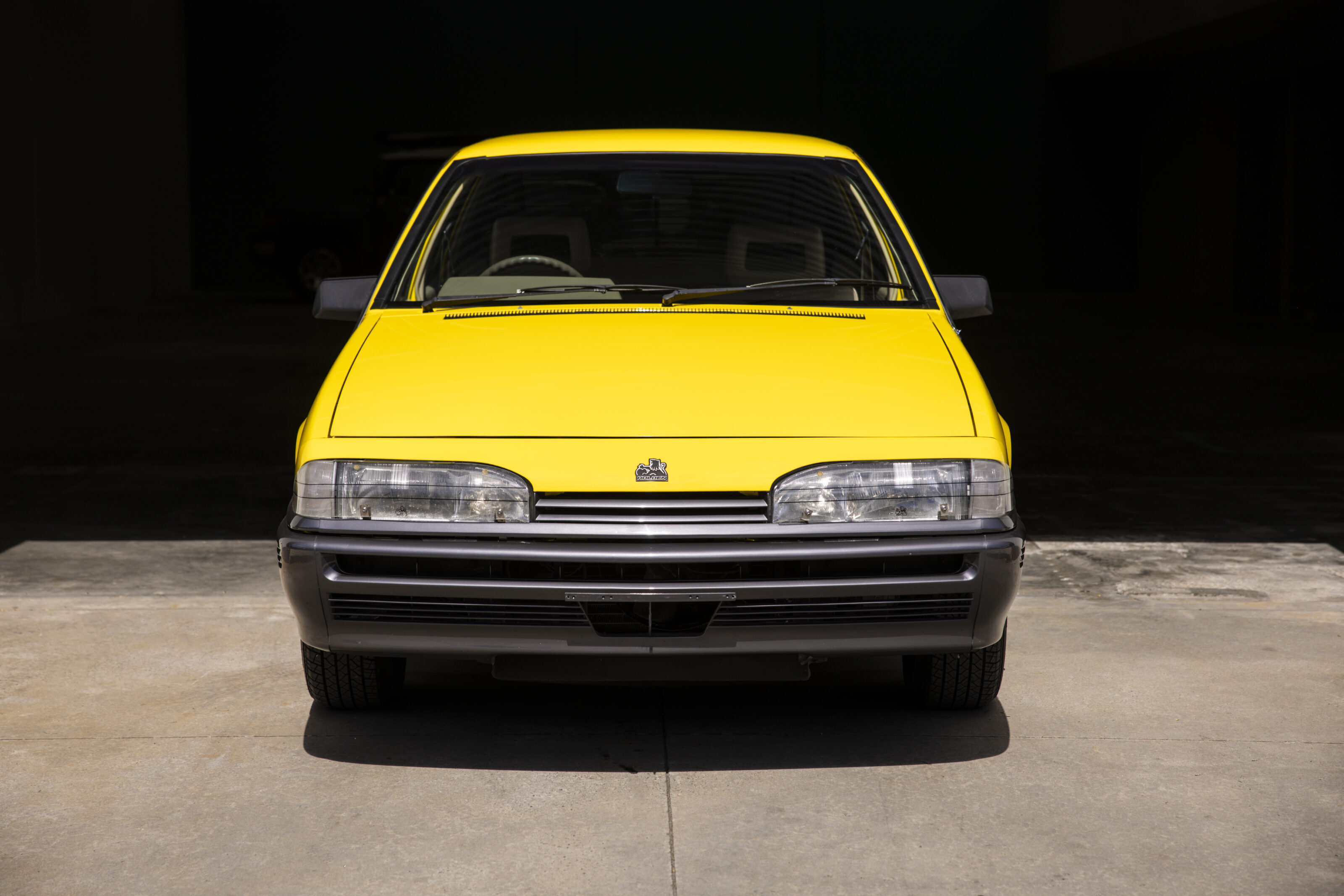
Running a VL today is a reminder that much has changed since the late 1980s. By today’s standards, even the Turbo isn’t a particularly quick car and its dynamics are distinctly period. Even when new there was evidence of significant cost-cutting, largely because between the time when the contract was signed with Nissan for engine supply and the time that engines were delivered and had to be paid for, the pendulum had swung the wrong way for Holden in terms of Aussie dollar versus Japanese yen exchange rates. Therefore, costs had to be taken out of other aspects of the car, such as the single-stage acrylic paint finishes or the flimsy rear end.
On the plus side, both the six and the V8 engines are tough and many of the worst excesses of the VL’s handling are reduced by quality modern tyres. Pay attention to cooling and modify sensibly. There’s a huge resource out there if you want a 1000hp VL Turbo for the drag strips, but please remember that big boost will make these cars a misery to drive on the road.
The VL Holden Commodore marked a specific moment in time. By 1988 the bigger VN generation had arrived, and the costly but lovely Nissan six was ditched for the less delightful Buick-sourced LN3 3.8-litre powerplant. A generation of Aussie youth was inspired by the mighty VL Turbo and, as such, these cars are in exceptionally strong demand by late Millennials and Gen Xers. Tidy cars like the one you see here can change hands into six figures, with SS Group As going up to around $300,000.
You’d do well to get a tenth of that sum for any Ford XF Falcon, so in terms of the longer game, the VL Commodore has emerged victorious. For a car that was expected to upset the true-blue Aussie Holden lovers, that’s quite some achievement.
This article first appeared in the April 2025 issue of Wheels magazine.

